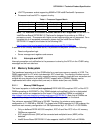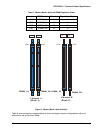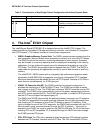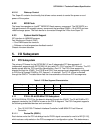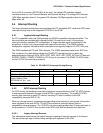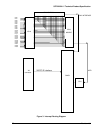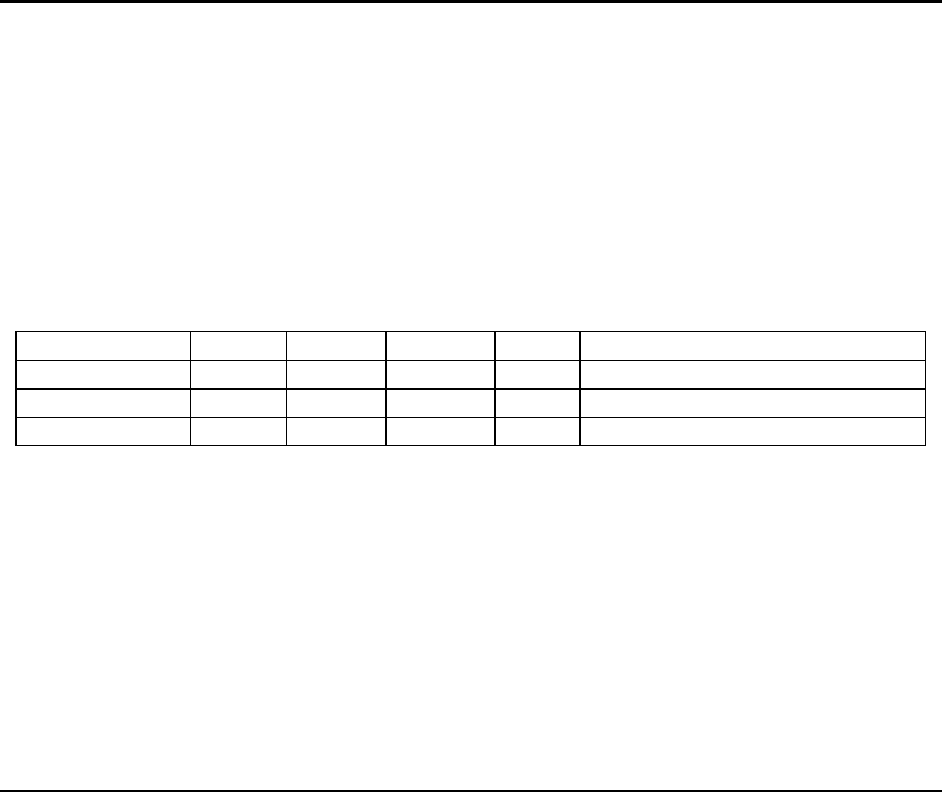
SE7221BK1-E Technical Product Specification
Revision 1.3
14
4.2.1.6 Wake-up Control
The Super IO contains functionality that allows various events to control the power-on and
power-off the system.
4.2.2 BIOS Flash
The board incorporates an Intel®
®
28F320C3 flash memory component. The 28F320C3 is a
high-performance 32-megabit memory component that provides 2096K x 16 of BIOS and non-
volatile storage space. The flash device is connected through the X Bus from Super IO.
4.2.3 System Health Support
I2C interface to LM96000 sensors
Fan Monitor and Control (FMC)
— One PWM-based fan controls
— Software or local temperature feedback control
Chassis intrusion detection
5. I/O Subsystem
5.1 PCI Subsystem
The primary I/O buses for the SE7221BK1-E are 3 independent PCI bus segments (4
independent segments with SE7221BK1LX sku) with PCI, PCI-E and two PCI-X buses. The PCI
buses comply with the PCI Local Bus Specification, Rev 2.3. The P32-A bus segment is
directed through the ICH6R. The P32-B and P64-C bus segment are independently configured
to PXH that is through ICH6R by PCI Express* x 4 interface. The PCI-E x8 bus is directed
through the GMCH. The table below lists the characteristics of the three PCI bus segments.
Table 5. PCI Bus Segment Characteristics
PCI Bus Segment Voltage Width Speed Type PCI I/O Card Slots
PCI 5V 32 bits 33MHz P32-A Slot 1
PCI-X 3.3V 64 bits 66/100MHz P64-C Slot 4; Slot 5, (Slot 6 through riser card)
PCI-E (x8) 3.3V 8 lanes 100MHz Slot 6
5.1.1 P32-A: 32-bit/33-MHz PCI Subsystem
All 32-bit/33-MHz PCI I/O for the board is directed through the ICH6R. The 32-bit/33-MHz PCI
segment created by the ICH6R is known as the P32-A segment. The P32-A segment supports
the following embedded devices and connectors:
One 10/100/1000-T Network Interface Controller: Intel® 82541PI Fast Ethernet
Controller.
5.1.1.1 Device IDs (IDSEL)
Each device under the PCI hub bridge has its IDSEL signal connected to one bit of AD [31:16],
which acts as a chip select on the PCI bus segment in configuration cycles. This determines a



